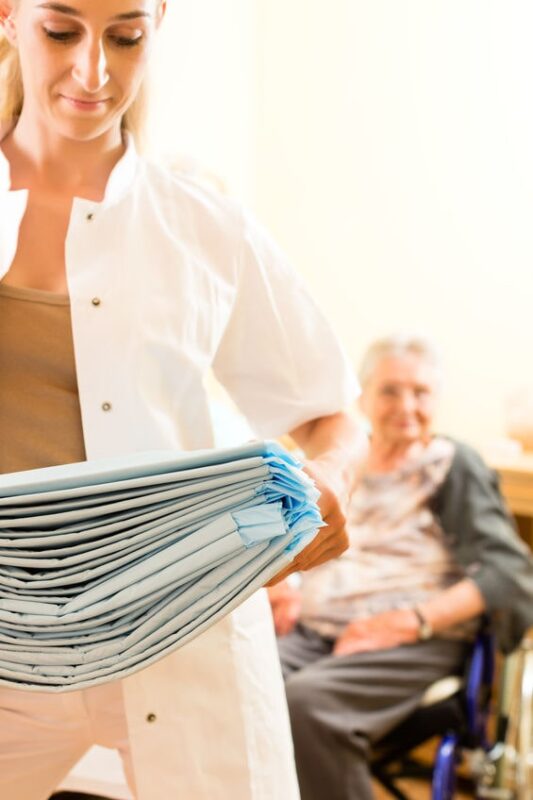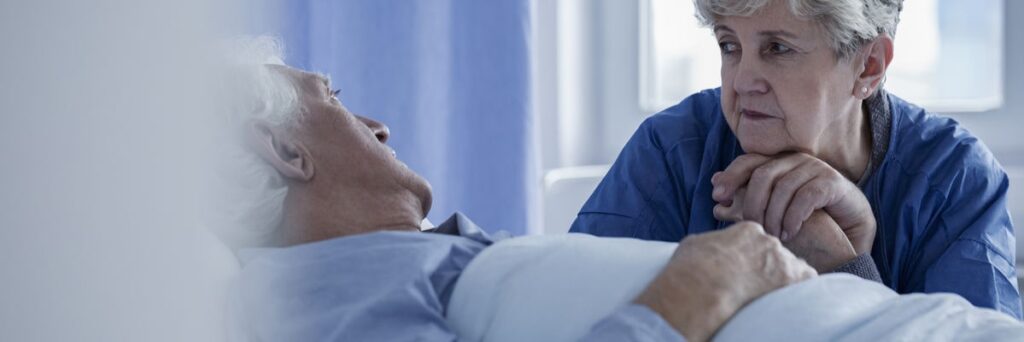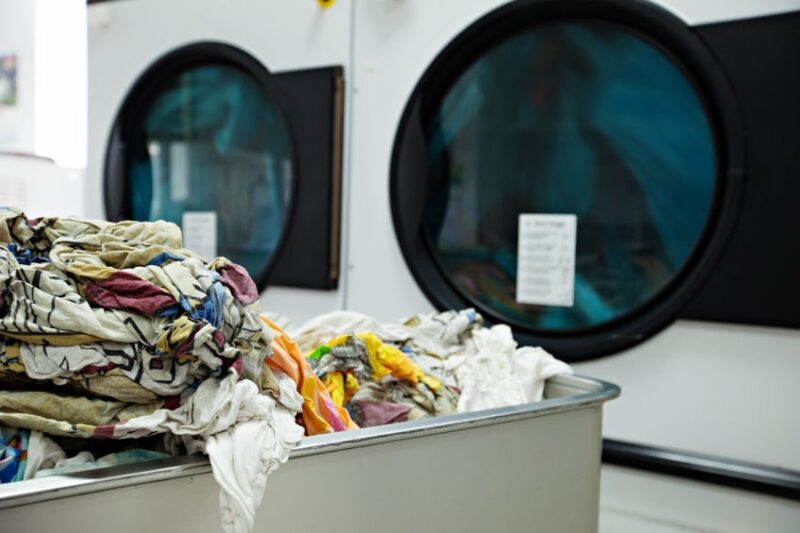In at least seven European countries and the United States, seniors are the fastest-growing segment of the population. This is creating high levels of demand for new nursing homes. There are currently more than 15,000 nursing homes and long-term care facilities in the US, housing one million elderly people. That’s almost three times the number of patients than those residing in hospital rooms in the past year. Each one of these facilities has a responsibility to keep its residents safe and healthy, starting with providing clean and sanitized towels, bedding, and clothes.

At first, dismissed as a usual cough or usual breathlessness, in early 2020 the world learned the true horror of the COVID-19 virus, which destroys respiratory health and ravages immune systems. COVID wreaked havoc in nursing homes around the US and caused thousands of deaths. In July and August 2020, more than 16,800 nursing home residents and workers died from COVID-19 — these shocking and sad numbers meant that during those two months in 2020, on average, more than one nursing home resident became infected minute and 11 residents died per hour. Could these tragic numbers have at least been lessened — if not totally prevented — with better hygiene and sanitation in nursing homes?
The Importance of Hygiene for Nursing Homes
Clean laundry in the nursing home is a monumental job that includes both cleaning and disinfection of bedding and towels in each room, to washing residents’ clothing and employee uniforms.
Nursing homes have to balance cost-effectiveness and impact on the environment with the cleanliness and quality of linen for their residents. They often look to commercial laundry solutions to handle this challenging task. However, these cleaning businesses face elevated levels of financial and regulatory pressure as they increase their capacity to meet demand. Commercial laundry services face challenges in working with nursing homes servicing elderly people. These include the mounting costs for hot water washing, waste and chemical management, efficiency per laundry load, and lifetime fabric costs.
And these concerns pale in comparison to the challenge of keeping linens free of deadly viruses such as COVID-19. According to the International Scientific Forum on Home Hygiene (IFH) 2011 study on the role of laundry in everyday life, soiled linens and clothing were shown to carry pathogens and bacteria that can be linked to numerous diseases, with linen being a vehicle that carries and passes along microorganisms that cause excess risks of passing on infectious diseases that damage respiratory health and immune systems. As the elderly population is the most susceptible group to these diseases, sanitized laundry is the first line of defense against bacteria and viruses, including COVID-19. Ozone laundry systems are the first line of defense for keeping nursing home residents safe.

Ozone Laundry Systems Can Save Lives
Ozonated water – when used in the laundry – disinfects clothing and greatly reduces the risk of spreading infectious microorganisms that are found on dirty and soiled clothing. Using ozone to sanitize fabric-based cleaning materials results in extremely low levels in the survival rate of pathogens on cleaning supplies. It also kills dangerous microorganisms and helps eliminate mildew in washing machines.
Ozone is created when water is electrolytically infused into the water. It does not leave any, not even low levels, of chemical residue in the washing water or laundry water lines. This makes ozonated water much safer for the environment compared to chemical disinfectants like chlorine. BES ozone laundry systems like the bestselling Waterline Disinfection System (WDS) is an ozone generator that can easily attach to laundry water lines and produce consistent ozone flow for each load and every wash. Ozonated water also reduces the amount of laundry detergent used in each wash load, requiring fewer rinse cycles, thus saving water.

Nursing home employees are tasked with providing a safe and clean living space for residents. Mildew and its odor are a result of bacteria found in laundry machines due to humidity and residual water in the washing machine. Ozone can be used to remove this mildew by sanitizing washing machines. Ozone can eliminate mildew and its associated odor and deodorizes the machines for fresher-smelling laundry. Whether you wash your laundry load using cold water or hot water, bacteria, viruses, and other pathogens that can cause infectious diseases can and do remain on “clean” linens and clothes. There is no reason to expose nursing home residents — many of whom already have compromised immune systems — to high levels of potential excess risks when a simple, environmentally-friendly solution is available: ozonated water in an ozone laundry system. Many of our clients for the past year say investing in BES ozone generators was the best choice they ever made. Contact us to learn more.
BioSure Professional: Innovative technology built to work, and built to last
Biotek Environmental Science Ltd (BES Group) has been developing electrolytic technology to produce highly concentrated dissolved ozone (as ozone gas that is infused with water to produce ozonated water) and high purity hydrogen for both household and professional applications since the firm was established in 1988. Our ozone laundry systems for nursing homes are an important and growing segment of our business.
Our goal is to improve the environment that we live in by utilizing the benefits of our superior electrolytic technology. Our products are categorized into three categories and brands. Powered by BES® as an original design manufacturer, BioSure Professional® for commercial applications, and Biolux® for home.


